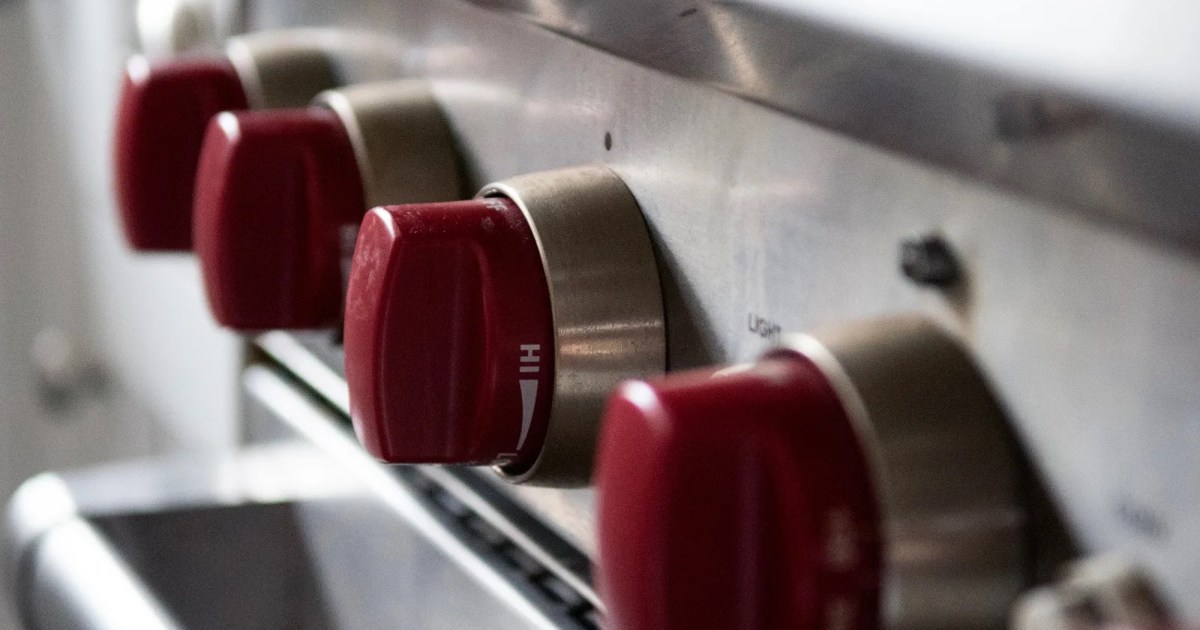Highlights: A study this summer found that using a single gas stove burner on high can raise levels of cancer-causing benzene above what’s been observed from secondhand smoke.
A new investigation by NPR and the Climate Investigations Center found that the gas industry tried to downplay the health risks of gas stoves for decades, turning to many of the same public-relations tactics the tobacco industry used to cover up the risks of smoking. Gas utilities even hired some of the same PR firms and scientists that Big Tobacco did.
Earlier this year, an investigation from DeSmog showed that the industry understood the hazards of gas appliances as far back as the 1970s and concealed what they knew from the public.
It’s a strategy that goes back as far back as 1972, according to the most recent investigation. That year, the gas industry got advice from Richard Darrow, who helped manufacture controversy around the health effects of smoking as the lead for tobacco accounts at the public relations firm Hill + Knowlton. At an American Gas Association conference, Darrow told utilities they needed to respond to claims that gas appliances were polluting homes and shape the narrative around the issue before critics got the chance. Scientists were starting to discover that exposure to nitrogen dioxide—a pollutant emitted by gas stoves—was linked to respiratory illnesses. So Darrow advised utilities to “mount the massive, consistent, long-range public relations programs necessary to cope with the problems.”
These studies didn’t just confuse the public, but also the federal government. When the Environmental Protection Agency assessed the health effects of nitrogen dioxide pollution in 1982, its review included five studies finding no evidence of problems—four of which were funded by the gas industry, the Climate Investigations Center recently uncovered.
Karen Harbert, the American Gas Association’s CEO, acknowledged that the gas industry has “collaborated” with researchers to “inform and educate regulators about the safety of gas cooking appliances.” Harbert claimed that the available science “does not provide sufficient or consistent evidence demonstrating chronic health hazards from natural gas ranges”—a line that should sound familiar by now.



I believe hydrocarbon fuels produce water (vapor) as a combustion byproduct, so LPG or natural gas could certainly contribute to humidity levels in some cases.
There may also be a separate effect by which the heat strips in an electric furnace dry out the air versus the heat exchanger in a gas furnace, but I don’t know about that.
Dude, you don’t just pump the combustion result through your house. Sure, it produces some water vapor, but hopefully you aren’t breathing in the byproducts produced by it. If your air is dry it’s going to be dry no matter what you use to heat with.
(An air conditioner conditions the air though and removes moisture from it, so that will dry out your air. Not your heater though. I also don’t think a heat pump in heat mode will dry the air, but I’m unsure on this.)
I wrote “LPG or natural gas could certainly contribute to humidity levels in some cases,” and was thinking specifically of non-vented gas heaters, which are very common in my experience, and are in some cases used for whole-house heating where there isn’t a central air circulation system. In this case, the combustion result is literally released into the house.
While this thread is about gas heating, the article is about gas cooking stoves, which in most cases can be vented only at most very poorly (with a range hood), so the risk being dicussed is literally a result of releasing the combustion result into your house.
indeed some houses have gas-fired wall heaters which have shitty ventilation, if any. In which case the air would of course be moist.
It’s also worth noting that moist air feels warmer and is not prone to any evaporative cooling effects. Some people will vent their vented dryers into the house to boost the humidity in order to save on heating costs.